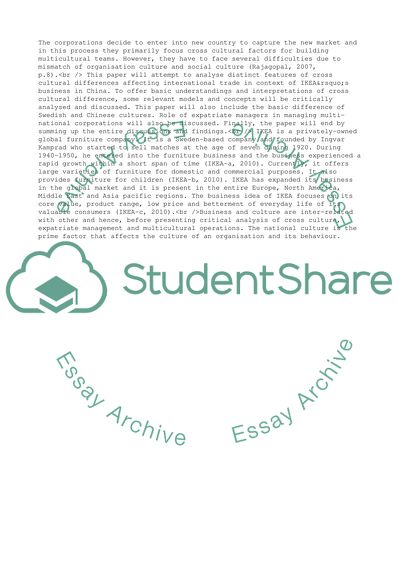Cite this document
(IKEA in China Essay Example | Topics and Well Written Essays - 2750 words, n.d.)
IKEA in China Essay Example | Topics and Well Written Essays - 2750 words. Retrieved from https://studentshare.org/business/1574610-individual-project-the-case-study-of-ikea-swedish-company-in-china
IKEA in China Essay Example | Topics and Well Written Essays - 2750 words. Retrieved from https://studentshare.org/business/1574610-individual-project-the-case-study-of-ikea-swedish-company-in-china
(IKEA in China Essay Example | Topics and Well Written Essays - 2750 Words)
IKEA in China Essay Example | Topics and Well Written Essays - 2750 Words. https://studentshare.org/business/1574610-individual-project-the-case-study-of-ikea-swedish-company-in-china.
IKEA in China Essay Example | Topics and Well Written Essays - 2750 Words. https://studentshare.org/business/1574610-individual-project-the-case-study-of-ikea-swedish-company-in-china.
“IKEA in China Essay Example | Topics and Well Written Essays - 2750 Words”, n.d. https://studentshare.org/business/1574610-individual-project-the-case-study-of-ikea-swedish-company-in-china.


